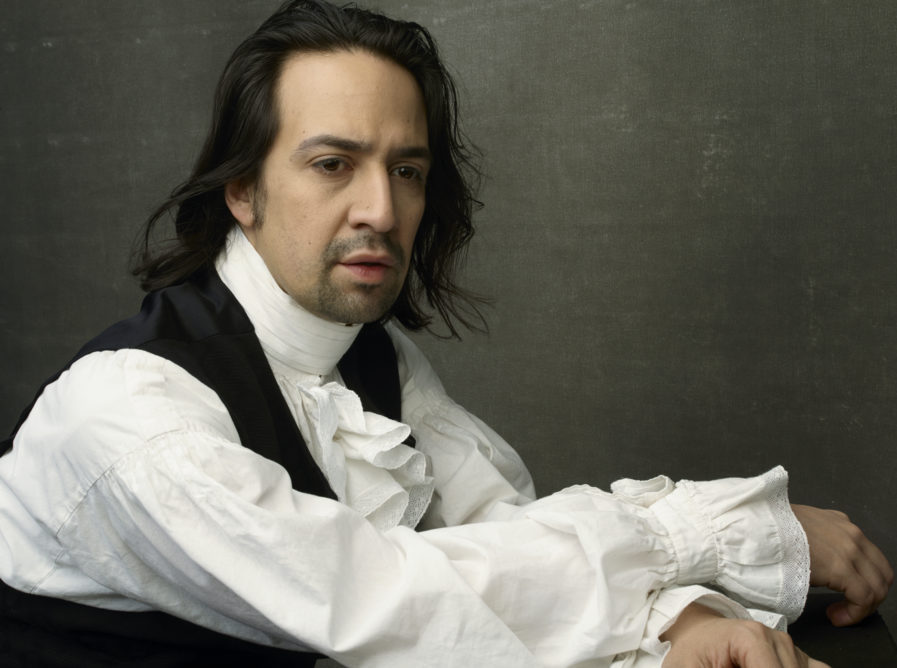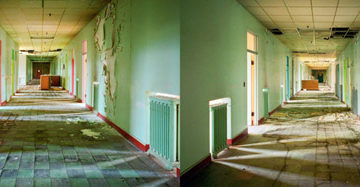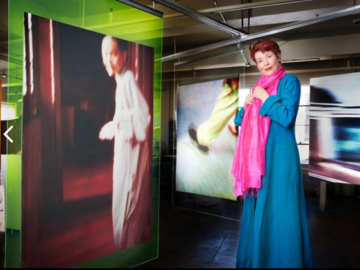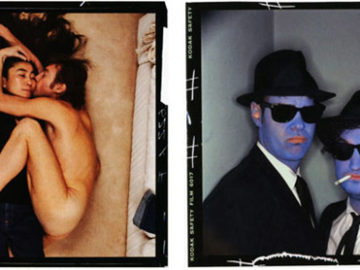Above: Lin-Manuel Miranda, New York City, 2015, © Annie Leibovitz (pages 226-227)
Annie Leibovitz’s forthcoming coffee-table book proves that, approaching her eighth decade, the maestro shows no sign of slowing down. Due this fall from Phaidon, Annie Leibovitz: Portraits 2005–2016 is her first portrait volume in more than a decade (not counting Taschen’s “Sumo”-sized 2014 retrospective, a $2,500 tome that ships with its own table). Annie’s new book shows a portraitist at the height of her powers, engaged with many of the world’s great creators and thinkers—including classic shots and never-seen images alike.
Leibovitz has long ago shunned the lines between professional and personal work. Her 2006 visual autobiography, A Photographer’s Life: 1990–2005, mixed candid shots of family and friends with assignment work for Vanity Fair, Vogue, and a host of other clients. In 2011 she published Pilgrimage, a travelog of places associated with her personal heroes. Portraits 2005–2016 takes up where those projects left off—this time with the emphasis back on Annie’s specialty, faces of famous folks. With a flair for the unexpected gesture, Leibovitz evokes complex dualities: her 2015 costumed portrait for Vogue of Lin-Manuel Miranda (above) reflects the Hamilton creator’s pensive intellect as well as his pent-up drive, just as his new musical is poised to take the theater world by storm.

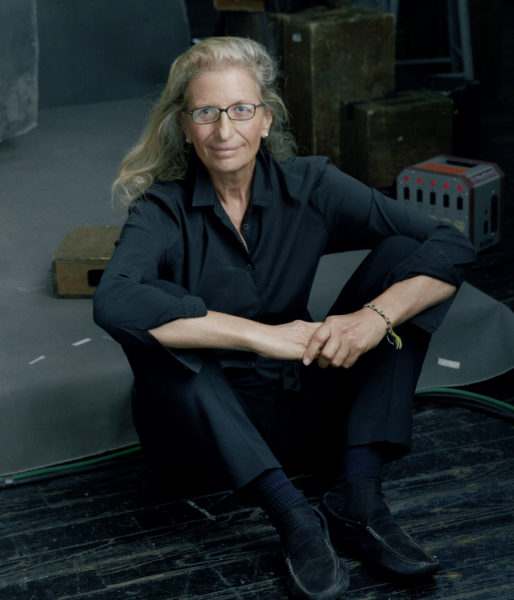
From left: Cover portrait of Marina Abramovic, New York City, 2016; Annie Leibovitz, 2012; © Annie Leibovitz
For all the book’s showbiz celebs (Leibovitz’s magazine stock in trade), it also reveals her affinity with intellectuals: authors and activists like Gloria Steinem and Elizabeth Warren (drawing on her recent exhibition series on women); fellow visual artists such as Ellsworth Kelly and Jeff Koons (surrounded by the chaos of their studios); social pioneers like Sheryl Sandberg and Caitlyn Jenner. Leibovitz’s image choices seem to reflect her own artistic journey, her synthesis of brilliant minds and personalities.
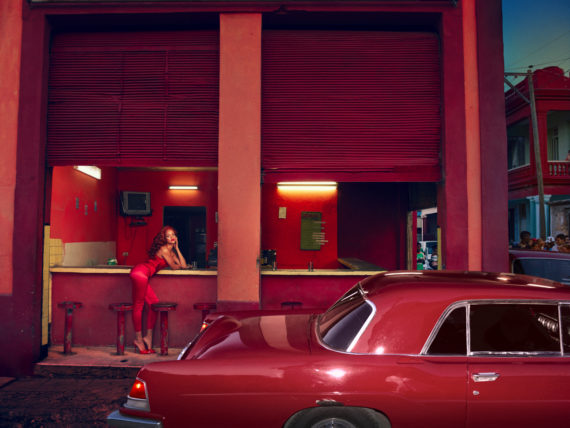
A constant purveyor of atmosphere, Leibovitz avoids studio shoots: “I always prefer to be in a place that has something to do with the subject,” she writes in the book’s Afterword. This sense of context can be symbolic. In the 2015 Vanity Fair series “Rihanna in Cuba,” Leibovitz portrays the Barbadian superstar at Havana’s Bar la Rosa with a 1956 Lincoln Continental Mark II once owned by First Lady Marta Fernández de Batista—blending the singer’s sexy image, island roots and regal panache. Above: Rihanna, Havana, Cuba, 2015, © Annie Leibovitz (pages 16- 17).

